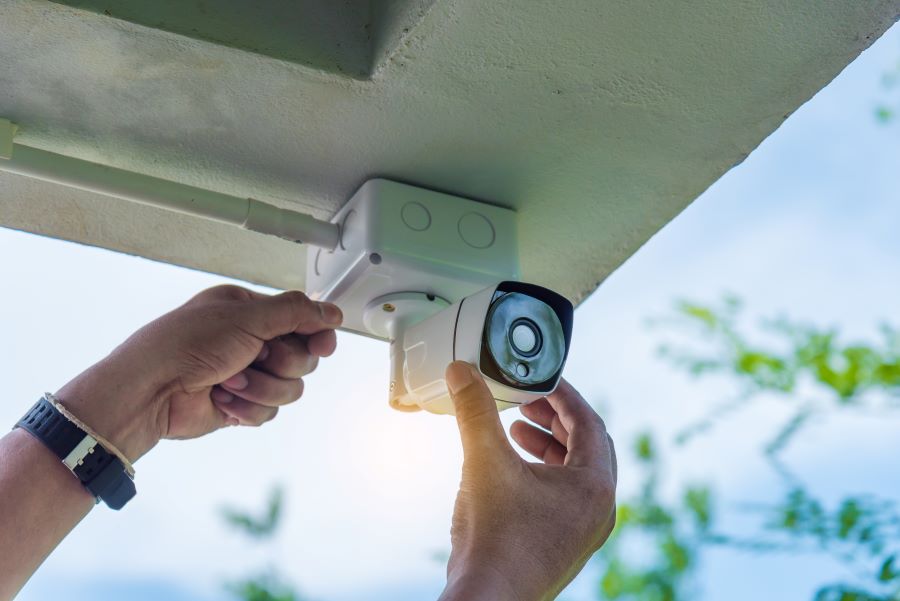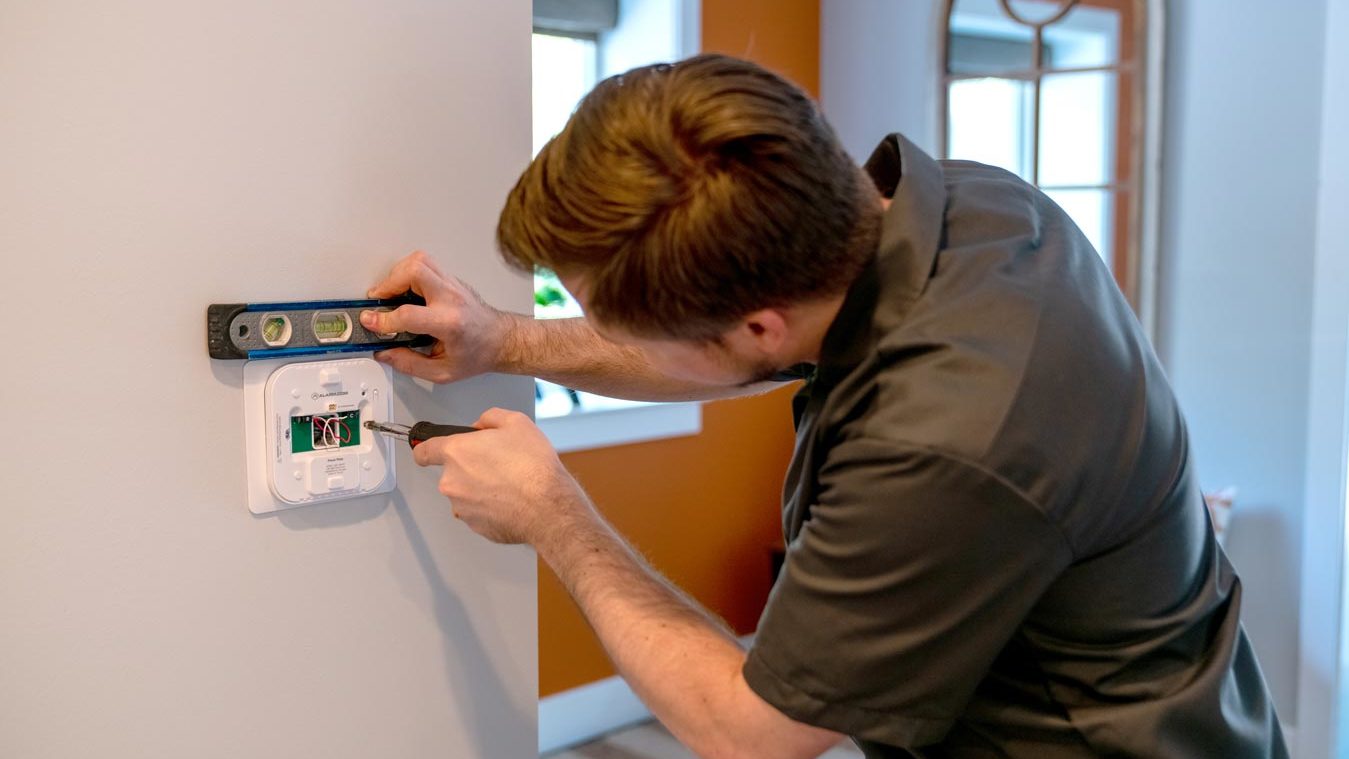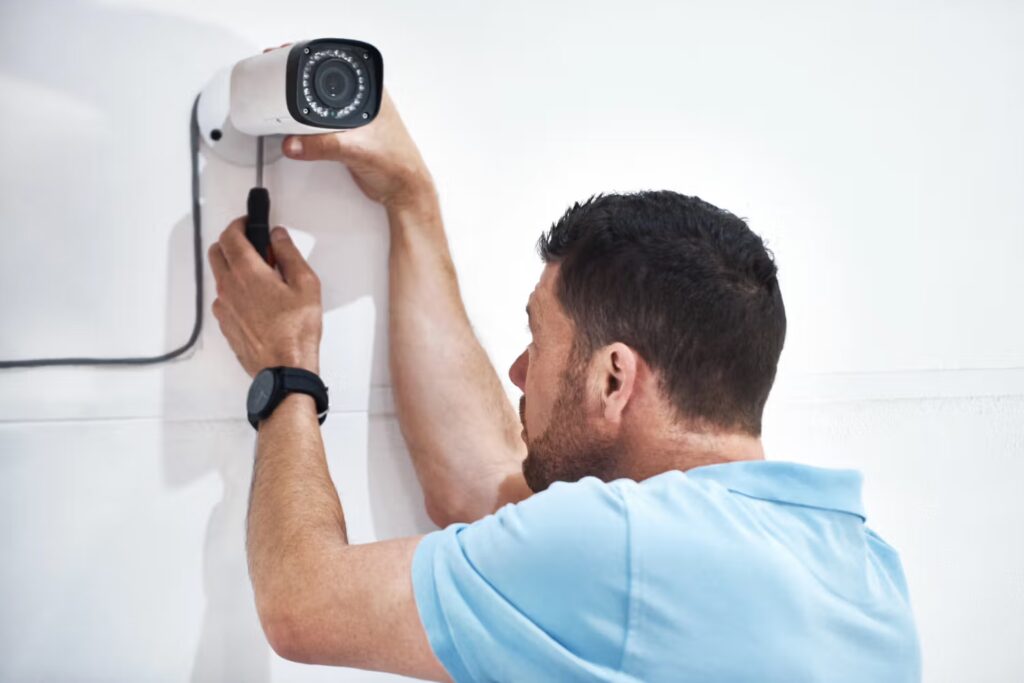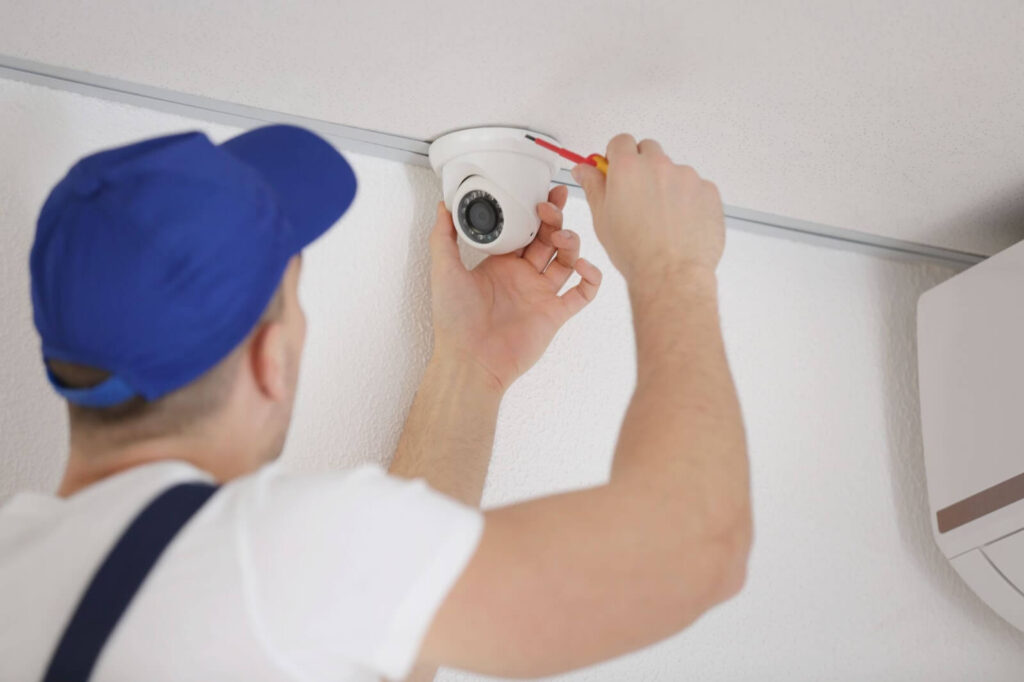In an age where home safety is paramount, investing in a professional home security system is a wise decision for homeowners. However, many may feel apprehensive about what the installation process entails. Understanding what to expect can alleviate concerns and ensure a smooth transition to a more secure home environment. This article will guide you through the various stages of a professional home security installation, from initial consultation to the final setup.
The Initial Consultation
The journey towards a more secure home begins with an initial consultation. This is a crucial step where the security needs of the household are assessed thoroughly.
Understanding Your Security Needs
During this phase, a security expert will visit your home to discuss your specific concerns and requirements. They will ask questions about your lifestyle, the layout of your home security installation, and any previous security issues you may have encountered. This information is vital for tailoring a security solution that fits your unique situation.
Additionally, the consultant will evaluate potential vulnerabilities in your property. This could include identifying weak points such as poorly lit areas, easily accessible windows, or doors that lack robust locks. By understanding these factors, the professional can recommend the most effective security measures. For instance, they might suggest installing motion-sensor lights in dimly lit areas to deter intruders, or reinforcing entry points with high-quality locks and deadbolts, ensuring that your home is not only secure but also welcoming.
Exploring Available Options
Once the assessment is complete, the consultant will present various security options. These may range from basic alarm systems to advanced smart home security solutions that integrate with your existing technology. The consultant will explain the features and benefits of each option, helping you make an informed decision. You might find that smart cameras with real-time monitoring capabilities offer peace of mind, allowing you to keep an eye on your property from anywhere in the world via your smartphone.
It’s also the perfect time to discuss budget considerations. A professional will work with you to find a solution that meets your security needs without breaking the bank. Transparency in pricing is essential, and reputable companies will provide a detailed quote that outlines all costs involved. Furthermore, they may offer various financing options or packages that can help you spread the cost over time, making it easier to invest in your home’s security without compromising on quality. This approach ensures that you can select a system that not only fits your financial situation but also provides the level of protection that your home deserves.
Preparing for Installation
Once you’ve settled on a security system, the next step is preparing for the installation. This phase involves logistical arrangements and ensuring that your home is ready for the installation team.
Scheduling the Installation
After agreeing on the security system, the installation team will schedule a date and time that works best for you. It’s advisable to choose a time when you can be present, as your presence can be helpful in addressing any immediate questions or concerns that may arise during the installation process.
Clearing the Installation Area
Before the installation day, it’s important to prepare your home. Clear any furniture or obstacles from the areas where equipment will be installed. This not only facilitates a smoother installation process but also ensures that the technicians can work efficiently without interruptions.
Additionally, if any wiring or drilling is required, it’s wise to discuss this with the installation team beforehand. They can provide guidance on how to prepare specific areas of your home, ensuring that everything runs smoothly on the day.
Moreover, consider the layout of your home and the positioning of the security devices. For instance, if you have pets or children, you may want to discuss the placement of cameras or motion detectors to avoid any potential disturbances. The installation team can offer valuable insights on optimal placements that enhance security while also considering your daily routines.
Furthermore, it may be beneficial to inform your neighbours about the installation, especially if it involves external components like cameras or alarms. This not only fosters a sense of community but also ensures that they are aware of any potential noise or activity during the installation process. A little communication can go a long way in maintaining good relations and ensuring a seamless installation experience.
The Installation Day
On the day of installation, you can expect a team of trained professionals to arrive at your home, equipped with all necessary tools and equipment. Their goal is to set up your security system efficiently and effectively.
Initial Setup and Configuration
Upon arrival, the installation team will conduct a brief overview of the plan for the day. They will review the agreed-upon security features and confirm the installation locations for cameras, sensors, and alarms. This is an excellent opportunity to ask any last-minute questions.

Once everything is confirmed, the team will begin the installation process. This typically involves mounting equipment, connecting wires, and configuring the system to ensure it operates seamlessly. The professionals will take care to minimise disruption, working methodically to get your system up and running. They will also assess your home’s layout to optimise the placement of each device, ensuring that blind spots are eliminated and coverage is maximised. This attention to detail not only enhances security but also provides peace of mind, knowing that your home is well protected.
Testing the System
After the installation is complete, the team will conduct a thorough test of the entire system. This includes checking the functionality of all cameras, sensors, and alarms to ensure they are working correctly. They will also demonstrate how to use the system, including how to arm and disarm it, and how to access any smart features.
It’s crucial to pay attention during this demonstration, as understanding how to operate your security system effectively is key to maximising its benefits. The installation team will typically provide you with a user manual or guide for future reference. Additionally, they may offer insights into the latest trends in home security technology, such as integration with smart home devices or mobile applications that allow you to monitor your property remotely. This knowledge can empower you to take full advantage of your new system, ensuring that you remain informed and proactive in safeguarding your home and loved ones.
Post-Installation Support
Once the installation is complete and the system is tested, the relationship with your security provider doesn’t end there. Ongoing support is a vital aspect of professional home security services.
Understanding Monitoring Services
Many home security systems come with monitoring services that alert authorities in case of an emergency. During the installation, the team will explain the different monitoring options available, including 24/7 monitoring, mobile alerts, and emergency response services. Understanding these features will help you choose the right level of protection for your home.
It’s also essential to discuss the terms of service for monitoring, including any associated costs and contract lengths. Transparency in this area is critical to avoid any surprises down the line.
Regular Maintenance and Upgrades
Home security systems require regular maintenance to ensure they function optimally. The installation team will provide information on how to maintain your system and when to schedule regular check-ups. This might include battery replacements for sensors, software updates, or even upgrades to newer technology as it becomes available.
In addition, it’s wise to establish a relationship with your security provider for ongoing support. Should you have any questions or experience any issues, knowing who to contact can save time and ensure prompt assistance.

Conclusion
Investing in a professional home security installation is a significant step towards ensuring the safety and security of your home. By understanding the process, from the initial consultation to post-installation support, homeowners can feel confident in their decision to enhance their security.
Choosing a reputable security provider is paramount. Look for companies with positive reviews, transparent pricing, and excellent customer service. A well-installed and maintained security system not only protects your property but also provides peace of mind, allowing you to enjoy your home without worry.
In a world where safety is increasingly important, taking proactive measures to secure your home is a decision that pays dividends. With the right system in place, you can rest assured that you and your loved ones are protected.
See Also: Expert tips for home security camera installation in Australia.









